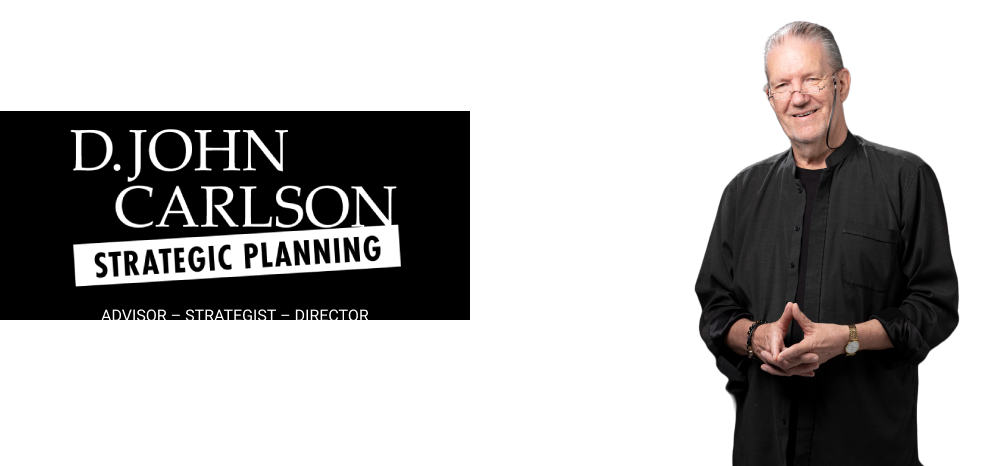Mapping and leveraging the customers journey with 56 questions
Another DJC-SME PLANNING TOOL
Powered by

- Smart marketers understand that the key to maximising performance is to maximise the value of every qualified enquiry and in turn maximise the lifetime value of every customer
- Doing this requires an understanding of the customer journey and how the customer might be positively influenced at each stage of that journey
- This in turn requires mapping the customer journey and then developing a strategy to impact the customer or potential customer optimally at each ‘touchpoint’ in that journey
- A touchpoint in the customer journey is a point at which the customer interacts or could potentially interact with the business or brand
- In the process of making a purchase, a customer will generally move through stages as follows:
- Need identification
- Research
- Analysis
- Purchase decision
- Purchase
- At each of these stages in the purchase process there might be multiple touchpoints at which a business might cost-effectively exert influence.
- Smart marketers will of course look beyond the purchase to address:
- Post purchase (driving referral and repeat business)
- New York University marketing professor, Scott Galloway, talks about three stages in a purchase:
- Pre-purchase
- Purchase
- Post purchase
- Galloway notes that there can be numerous touchpoints within each stage. He also notes that in 2020 the focus in terms of investment is shifting from pre-purchase and purchase to purchase and post-purchase.
- This DJC-SME MARKETING TOOL will help users map the customer journey and identify the optimal action at each touchpoint. The touchpoints that need to be considered include:
- Social media channels (be specific)
- Reference sites (with ratings and references)
- Friends and relatives (word of mouth)
- Advertising (online and offline)
- Media (traditional and non-traditional)
- Google (for search purposes)
- Business website (home page and other critical pages)
- Telemarketers (outbound and inbound)
- Reception staff
- Shop front or office
- Point of sale
- Brochures and support material
- Sales staff
- Technical staff
- Delivery staff
- Follow ups
- After sales service etc
- It is important to recognise the importance of every touchpoint addressing both:
- Experience (including service) requirements
- Information requirements
- Indeed, it is difficult to minimise the cost of marketing or maximise the return on investment without understanding and leveraging the customer journey
- If more information on customer journey mapping – email – [email protected]
- Answer the questions in this document beginning with question 1, on the next page
- Try and base your answers on evidence rather than opinion or intuition
- As you answer these questions, reflect on previous answers – and refine or update previous answers as appropriate
- When you have answered all of the questions, press PRINT and your completed strategy will print out in either A4 or A3, as you require
- Even after you have printed the report, you can make amendments to the strategy, on the platform and simply print again. You are free to do this as often as you like.

